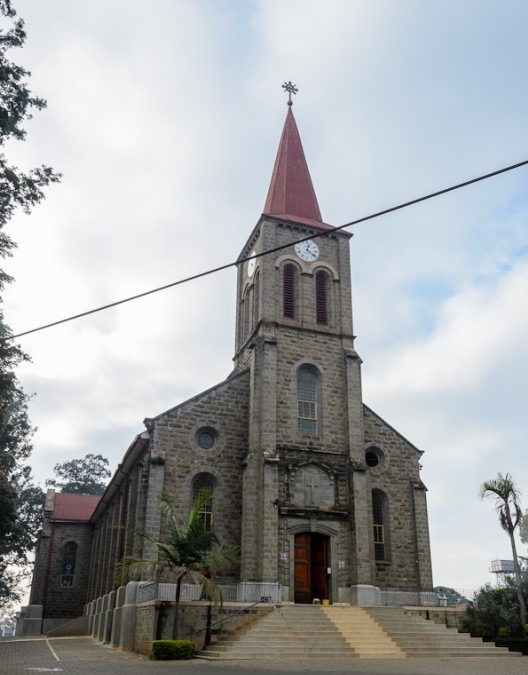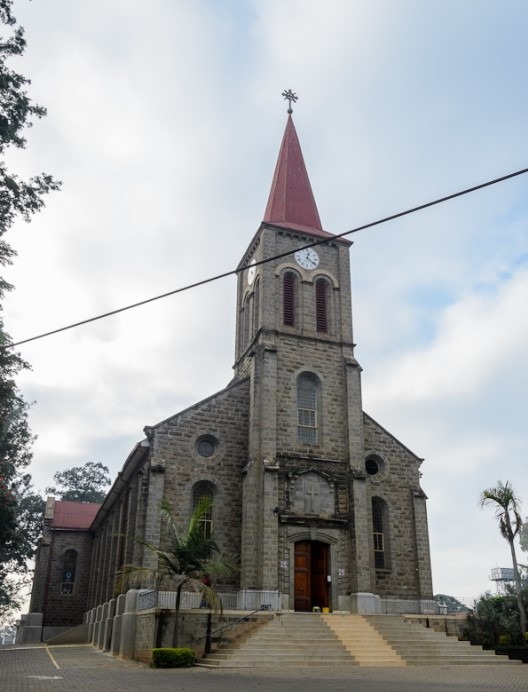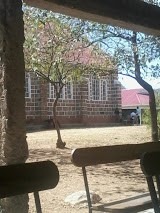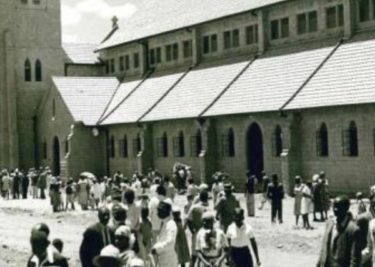St. Austin’s Parish, Nairobi

Built in 1913 by The Holy Ghost Fathers missionaries from France (also known as the Spiritans), the St. Austin’s Parish is a beacon in what used to be wide open spaces.
This quiet house of faith that stands in Lavington within the St. Mary’s School compound has a history that is intertwined with the introduction of Arabica coffee in Kenya.
How It Began
The story dates back to the late 19th Century when The Holy Ghost Fathers missionary group establishes themselves along the East African coast. Hoping to fight the slave trade and convert as many souls as possible to their faith, they invite liberated slaves into their community, setting up homes and villages for them. This however causes a rift between the missionaries and the Arab merchants which leads to the death of a few missionaries.
The evangelical mission is not successful at all. A few Goans join their church and even fewer Africans, with the majority being former slaves. The French Brothers seek a new mission location with some of their converts. From the coast the group travels with the unfolding railway to Nairobi.
While in Nairobi, they negotiate with Kinyanjui wa Gathirimu and Laibon Lenana for land. The former grants them a favourable area of 34 hectares and the missionaries begin experimenting with a new crop, clearing the allocation in (modern day) Muthangari and plant the first coffee trees in 1900.
Much to the consternation of the ‘rival’ CMS within the land they set up a mission – St. Austin’s Parish, and eventually a convent and a school follow.
Underlying Story
Some sources say that these missionaries didn’t see eye to eye with the British government on all matters concerning the indigenous Kenyans as they welcomed Africans living on parish land. This was unlike the settler practices which prohibited Africans from doing the same. In the end, the Fathers’ hard work bore fruit with more congregants attending, a testament to their inclusive evangelism.
The Mission Today
Built in a traditional gothic architecture the tall bell tower stands proudly reaching towards the sky. On it a clock ticks the day away and works as a time reference for incoming visitors and possibly, back then, as a convenience for passers-by.
The large church doors have a mahogany finish with brass handles that could easily be thought of as a way to usher congregants in style.
Inside, there is the most striking art décor; neatly framed frescoes indicating the various stations of the Way of the Cross. Large pillars support the upstairs balcony where a traditional organ that is used for choral harmonies can be found.
This place of worship stands as a reminder of tribulations, peace, overcoming and fortitude.





2 Comments
I’m a french retired teacher and I’m working about a spiritan brother who painted st AUSTIN CHURCH OF Nairobi in 1908;
I am collecting photos of all the chapels and churches he has painted.
I should be interested in document and photos of those chapels and churches, if you have some pictures of St Autin’s It would be very interesting for me.
In a second time, i can send you his biography which is very interesring.
Sorry for my bad english and thank you very much.
André
Hi. Did you find an answer to your enquiry? Please get in touch through their very vibrant social media handles. Or my self at Wairimumuchau@gmail.com